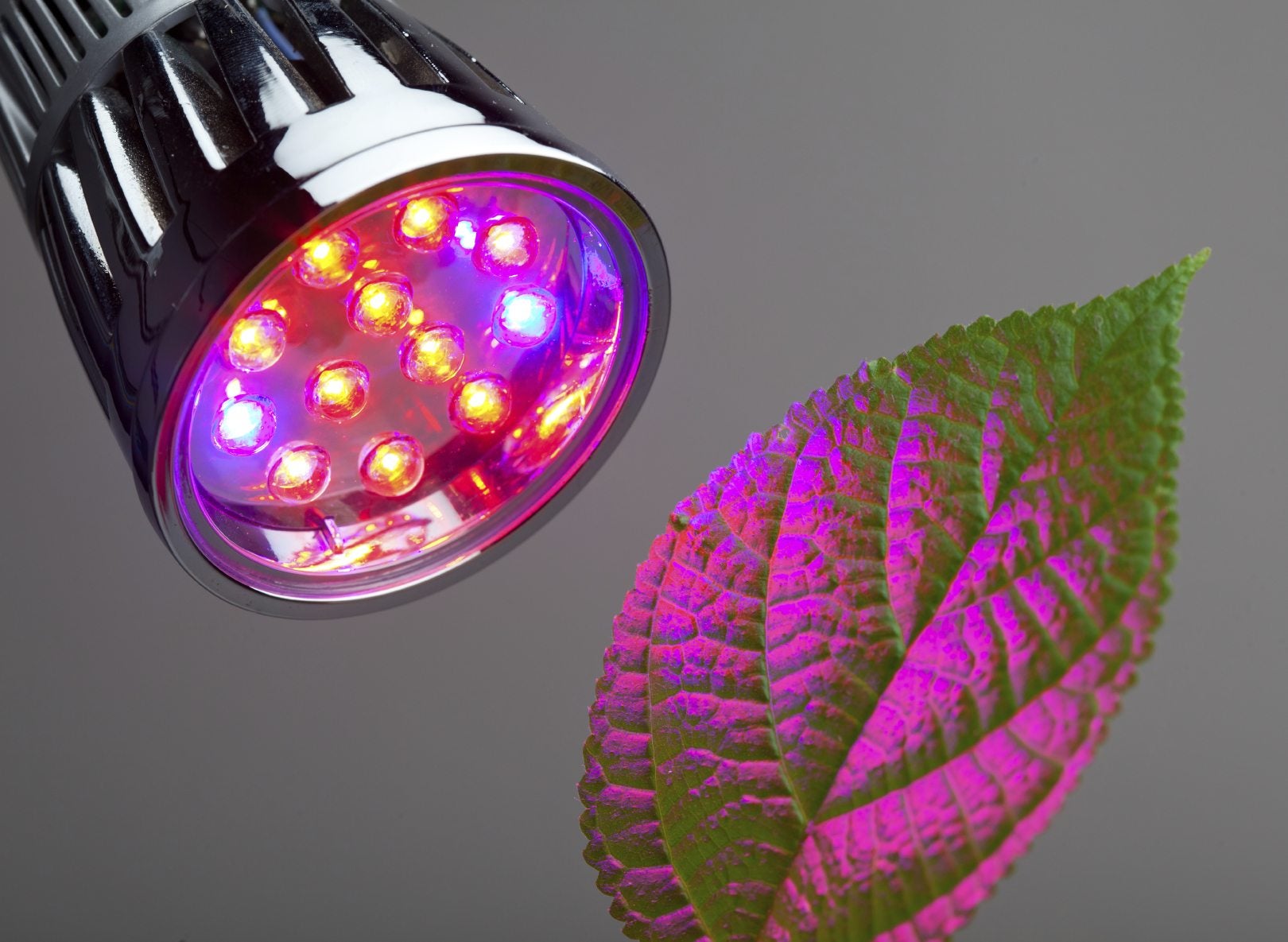Red Light vs. Blue Light: Which Light Color Is Better For Plant Growth


There isn’t really an answer to which light color is better for plant growth, since both red light and blue light are necessary to the health of your indoor plants. That being said, you can find more info on red light vs. blue light in this article.
Effects of Red and Blue Light on Plants
What we perceive as white light from the sun is actually made up of all the colors of the rainbow. The three major colors of light are red, blue, and green. We can tell that plants don’t absorb much green light because it reflects off of them and into our eyes, making them appear green.
The fact that leaves don’t usually appear blue or red means that they absorb those parts of the light spectrum and use them to grow. The effect of blue light on plants is directly related to chlorophyll production. Plants that receive plenty of blue light will have strong, healthy stems and leaves.
Red light is responsible for making plants flower and produce fruit. It’s also essential to a plant’s early life for seed germination, root growth, and bulb development.
Red Light or Blue Light for Plants?
While outdoor plants in full sun will naturally receive both red and blue light, indoor plants might be lacking in it. Even plants next to a window may not be receiving enough of a certain part of the color spectrum.
If your plant is getting leggy or losing the green color in its leaves, odds are it’s not getting enough blue light. If it’s not flowering at a time you know it should (this is a particular problem for Christmas cacti that refuse to bloom at Christmas), it’s probably lacking in red light. You can supplement blue light with fluorescent lamps.
While using red light for plants is possible with incandescent bulbs, these often produce too much heat to be kept near houseplants. Use a broad spectrum fluorescent bulb instead.
Sign up for the Gardening Know How newsletter today and receive a free copy of our e-book "How to Grow Delicious Tomatoes".
Sometimes, pollution can block essential light. If your unhealthy plant is next to a particularly dirty window, the solution to your problem could be as simple as giving it a good cleaning to let in as much light as possible.

The only child of a horticulturist and an English teacher, Liz Baessler was destined to become a gardening editor. She has been with Gardening Know how since 2015, and a Senior Editor since 2020. She holds a BA in English from Brandeis University and an MA in English from the University of Geneva, Switzerland. After years of gardening in containers and community garden plots, she finally has a backyard of her own, which she is systematically filling with vegetables and flowers.